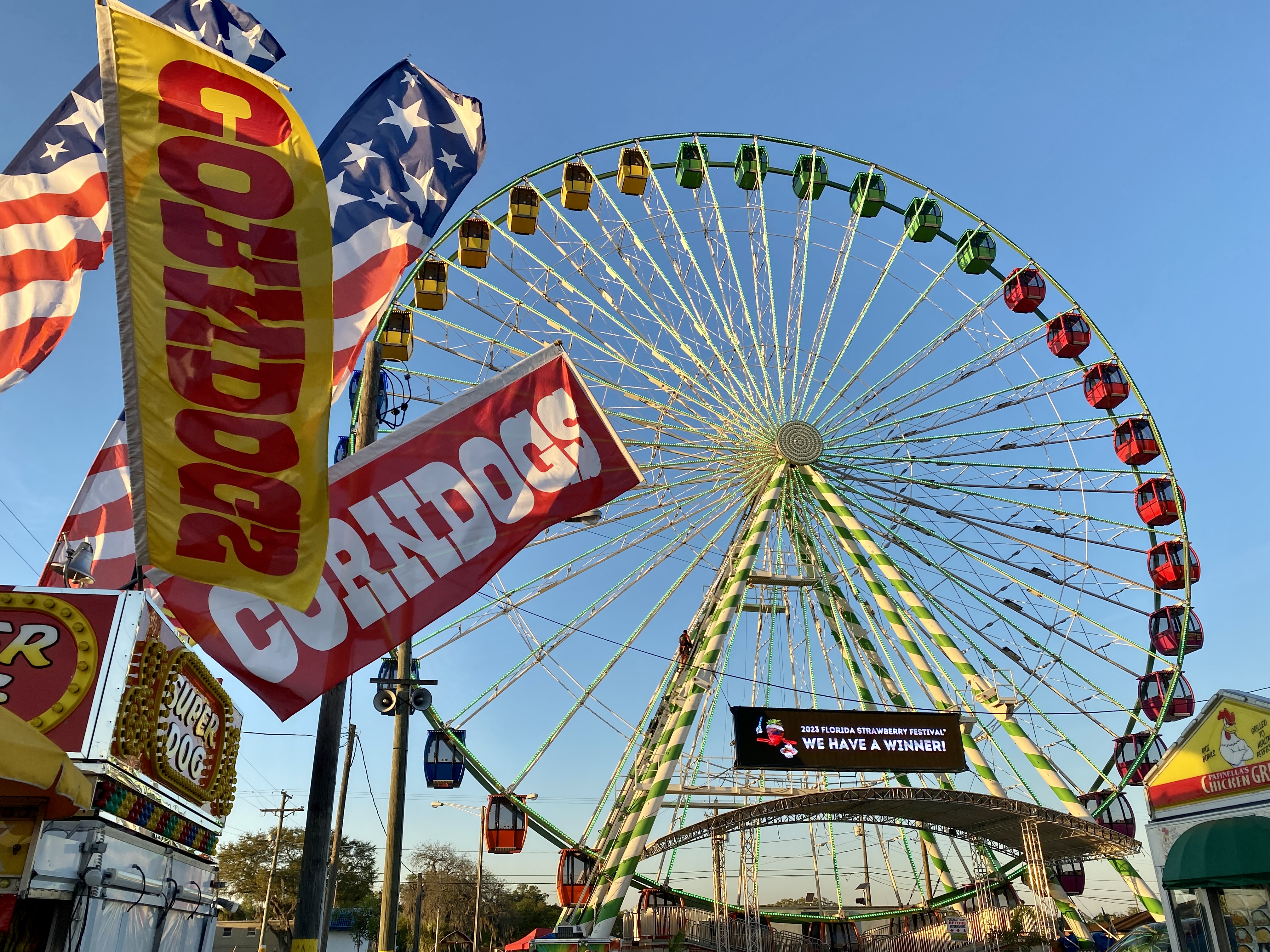TAMPA, Fla. (WFLA) – What is it about Christmas that makes cats and dogs a little crazy?
The decorations, perhaps? The food? The tree, with tempting presents underneath?
Yes. To all those things.
During the holidays, your four-legged family member is on overload when it comes to stimuli in your home.
There’s all sorts of things that Fido and Mittens can get into, and often do.
“They will eat just about anything they can get their hands on,” said Dr. Jeanette Bimonte from South Dale Mabry Animal Clinic in Tampa.
“Dogs will eat ornaments if they can get them, it doesn’t matter crunchy or soft, if they can get their hands on them.”
Straight from the files of ‘your pet will eat anything,’ the holidays can be tricky.
Dr. Bimonte says the tummy troubles usually begin right after Thanksgiving.
That’s when pets seem to have gastrointestinal issues the most, especially when house guests feed your furry friends.
Dr. Bimonte said this unhealthy habit of feeding your pets table scraps causes a lot of problems.
“You and I can eat a hamburger for lunch and pizza for supper and be totally fine,” she explained. “But, for a pet, their pancreas cant handle the changes in the fat and the protein, which is why we need to stick to their strict diet.”
The Tampa veterinarian recalls one moment where a family fed Fido a large burger from a popular fast-food restaurant as a Christmas treat.
That one snack created one heck of a sick pup, not to mention $1,000 in vet bills.
Dr. Bimonte warned, “Resist the urge to do it because it can be very, very expensive and it can be very, very harmful to the dog.”
What about the treats that dogs and cats seem to sneak when you’re not watching?
There are two toxic holiday treats in particular that Dr. Bimonte points out as major problems for pets, ones that could potentially be fatal.
It’s not poinsettia plants.
Which by the way, are not toxic to pets, according to veterinarians. Instead, vets say the plant will cause gastrointestinal upset in your pet, much like food-poisoning.
“Chocolate can be very, very toxic,” said Dr. Bimonte. “And anything that’s sugar-free can be very toxic too because of the Xylitol in it as well. Like sugar-free gum, for instance.”
These items are often found in one specific area of your home, a spot dogs and cats can often reach.
“Stockings,” Dr. Bimonte explained.
“The height of the stockings, where we’re hanging them at. So, what’s in the stockings? Is there candy, is there chocolate? Is there anything the dog can eat, even the stocking itself?”
Yep, you read correctly. That’s not a typo.
The stocking itself.
Dr. Bimonte and countless other veterinarians around the country have seen just about everything when it comes to strange things ingested by animals.
Dogs don’t discriminate when it comes to sneaking that snack. The Tampa vet says it’s simple.
Pets aren’t picky.
“Dog chains, entire dog collars and leashes,” she chuckled. “Nothing shocks me anymore. Sometimes the owners don’t even know what their pets have eaten until they bring them in. Undergarments, tube socks, baby bottles, entire corn cobs.”
Vets often see some pretty interesting x-ray photos where the contents of your curious canine are illuminated on screen, including an engagement ring, a rubber ducky, an entire spoon and a shiny metal dog collar.







